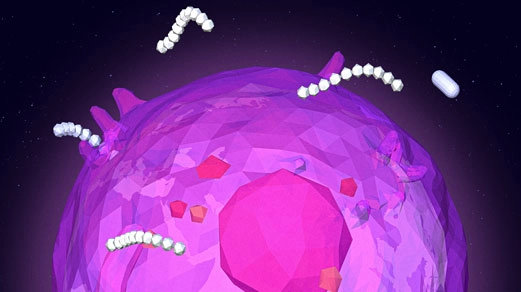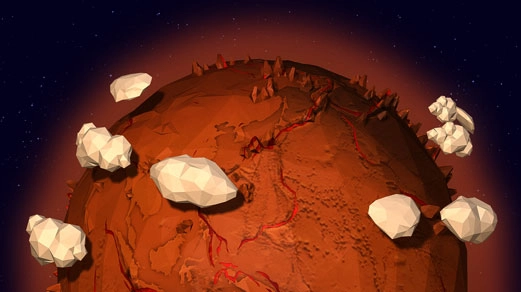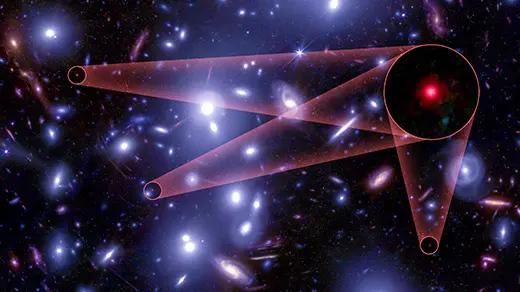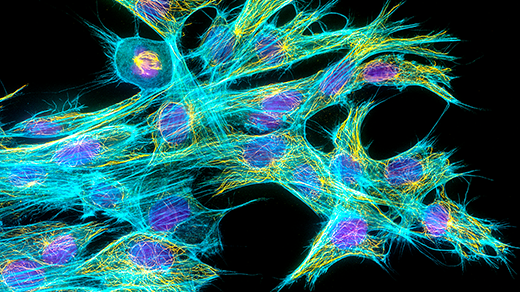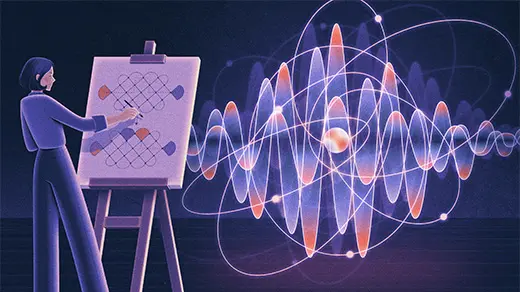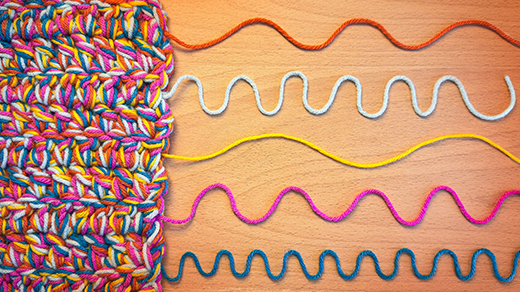Latest Articles
The Microbial Masters of Earth’s Climate
A collection of short dispatches from the field of climate microbiology conveys the contributions that single-celled life forms make to our climate system, and how we can work with them to address climate change.
The Math of Catastrophe
Tipping points in our climate predictions are both wildly dramatic and wildly uncertain. Can mathematicians make them useful?
Why Is Venus Hell and Earth an Eden?
A team of scientists has investigated how Earth’s twin became so inhospitable, and whether the same will happen to our planet.
How Humanity Amplified Life’s Quest for Energy
A planetary perspective on the relationship between life and energy, and the emergence of a life form whose influence extends across the entire biosphere — presenting us with an awesome opportunity.
A Single, ‘Naked’ Black Hole Rewrites the History of the Universe
The James Webb Space Telescope has found a lonely black hole in the early universe that’s as heavy as 50 million suns. A major discovery, the object confounds theories of the young cosmos.
Self-Assembly Gets Automated in Reverse of ‘Game of Life’
In cellular automata, simple rules create elaborate structures. Now researchers can start with the structures and reverse-engineer the rules.
Tiny Tubes Reveal Clues to the Evolution of Complex Life
Scientists have identified tubulin structures in primitive Asgard archea that may have been the precursor of our own cellular skeletons.
Analog vs. Digital: The Race Is On To Simulate Our Quantum Universe
Recent progress on both analog and digital simulations of quantum fields foreshadows a future in which quantum computers could illuminate phenomena that are far too complex for even the most powerful supercomputers.
What Is the Fourier Transform?
Amid the chaos of revolutionary France, one man’s mathematical obsession gave way to a calculation that now underpins much of mathematics and physics. The calculation, called the Fourier transform, decomposes any function into its parts.
